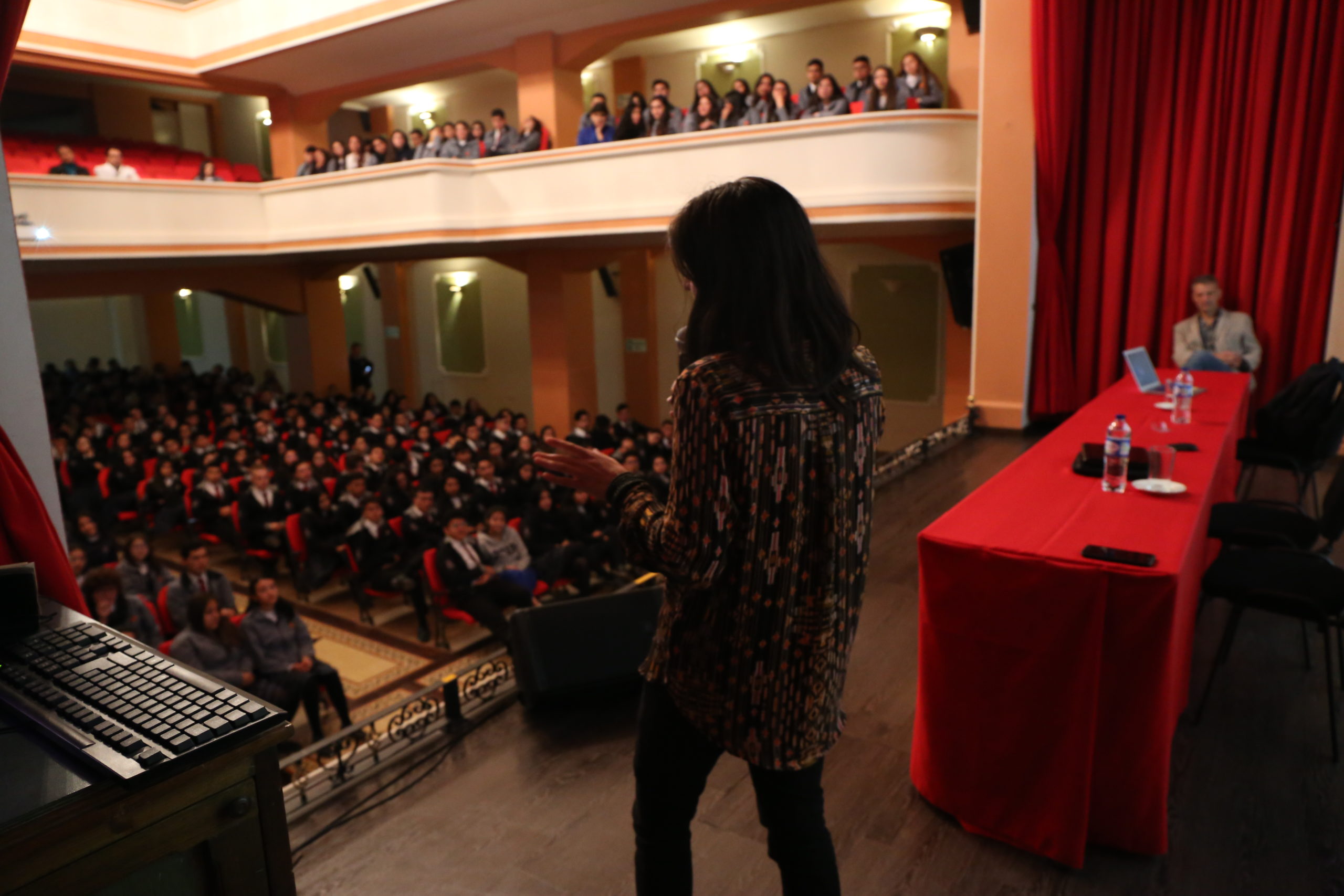
Posted by seilafdza
10 July 2019San Bartolomé is the oldest school in Bogotá which laid the first stone to the later universities such as Universidad Nacional and Javeriana. Dr. Dunia Urrego suggested this school as a context for collaborative dialogue. This process began with a number of meetings with the Dean, Father Juan Manuel and the Director Wilson Alonso.
The first meeting was based on a presentation of the project and previous projects I have done in order to illustrate examples for possible ideas of interest. There was a shared interest in collaborative practices in order to generate between spaces for reflection, creation and exchange. In the school, some teachers had made pilot programs experimenting with pedagogy using transversal programs trying to implement interdisciplinary projects, creative forms of engagement and experiential and multisensorial processes with nature. This ground was a “meeting point” from which a number of meetings took place in order to think collectively on ideas and structures that could be applied in the classroom and furthermore structures at the school.
On the 10th of July there was an official event I was invited to. The first day of school for the students where I gave a talk to the students (in the morning) and teachers (in the afternoon) at the main auditorium of the school. This event aimed to generate a discussion about the concepts of interest explained above. The format of the program was a dialogue between me as an artist and Dr. Fabrice Gamboa, mathematician at the Toulouse University working with artificial intelligence. This talk on disciplinary worlds far from each other collided in a number of concepts and principles for action in particular the need to collaborative. The number of questions and comments were overwhelming and I believe we all learnt from this exchange.






Photos provided by San Bartolomé visual archive
The process continued by a shared research with the teacher Daniel who is currently running an outdoors activity at the forest and aims to apply concepts discussed together.
In addition, I led a number of workshops at the theatre group run by the teacher Viviana Suarez, coordinator of the arts department. This workshop focused on the concept of forest and the aim was to represent a forest ecosystem from a multisensorial experimental form of engagement.
The first activity began with memories as ramifications of the forest by drawing personal stories and connections between them as a group. Many of them haven’t had many experiences at the forest and responses were:
“It is hard to leave Bogota’s commitments”
“Life at the city is busy”
“The forest is far from where I live”
This introduction led to an activity of representing a plant or a tree they would like to be. After choosing this plant they had to draw it and describe its attributes that each person can identify and relate to. Participants were distributed in small groups.
Having had that introductory experience the next task was to represent the “collective ecosystem” by embodying the plant, in other words, they had to move across the room between other plants to choose a spot with the ideal conditions to live. For this there is a need to consider light, levels of humidity, distance from water sources, “what other plants and trees around can bring to me as this plant?”, etc.
This collective performance to “plant ourselves” and become the chosen plant/tree made them take a number of relational decisions including: how and where do I place my body? what kind of “figure” will be the position for the rest of my life? Who is going to be my closest companion for life?, etc. For example, in one hand some plants decided to be sheltered, almost hidden with the need of protection and on the other hand some others were very prominent and visible. Some remained lonely others within groups, some were the highest their body allowed them, others became tinny and closer to the ground.
Some decided to include weather conditions such as wind represented with subtle movement in their arms (branches) which after time was adopted by other species in the room.
The following step was the creation of a soundscape for this forest. Each plant or tree chose a sound recorded individually. The collection of these sounds become a collective soundscape that leds the following session where they are asked to perform those sounds having in mind all the already made steps.
The process continues from the distance where I help guide further tasks to enlarge the complexity of this ecosystem; an ecosystem at continuous change, resilient to eventualities where time frames become naturally expanded where all individual changes have an impact in the other specimens in this ecosystem and beyond.
This activity offered the possibility to expand awareness of the “natural surroundings” and the complex relational decisions of becoming “a natural ecosystem”. These activities were an experimental research process that put in practice some ideas in order to further elaborate them for the event Disonancia Sugerida.


















Photos by Viviana Suarez